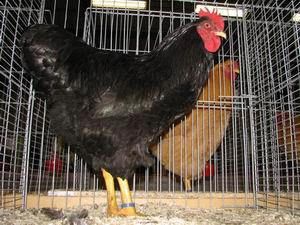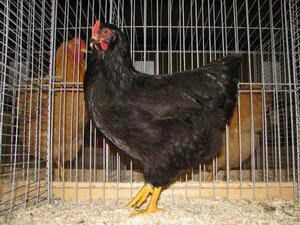The width is so important, it affects more than appearance. I have two others that I would have added to the breeding pen, but they lacked the width I want. I don't have anything terribly pinched, but when I have these birds in front of me together I can clearly see who is truly wide all the way back and who isn't.
My main criteria are deep/round frontline - width - cushion/feather stiffness - weight/size.
I want to see if I can do a thorough job of tracking eggs through chicks through growouts and really nail down who passes what. I'm also going to try to track feed consumption.
And I want to keep an eye towards carcass weight and quality when I butcher the spare cockerels, if I can have them up over 4lbs at 16 weeks I'd be really happy. Last year's that I processed were right at 4lbs at 18 weeks, and I didn't raise those myself from the very start, I picked them up at roughly 2-3 weeks old. I'm using 28% turkey starter for the first 8 weeks now, so will be interesting to see how they turn out.



